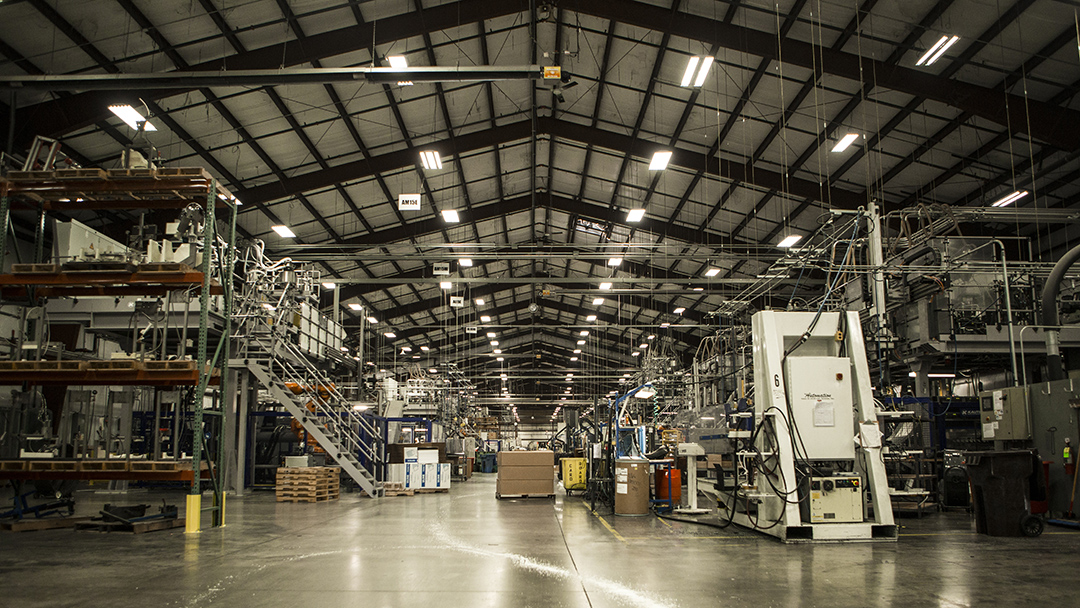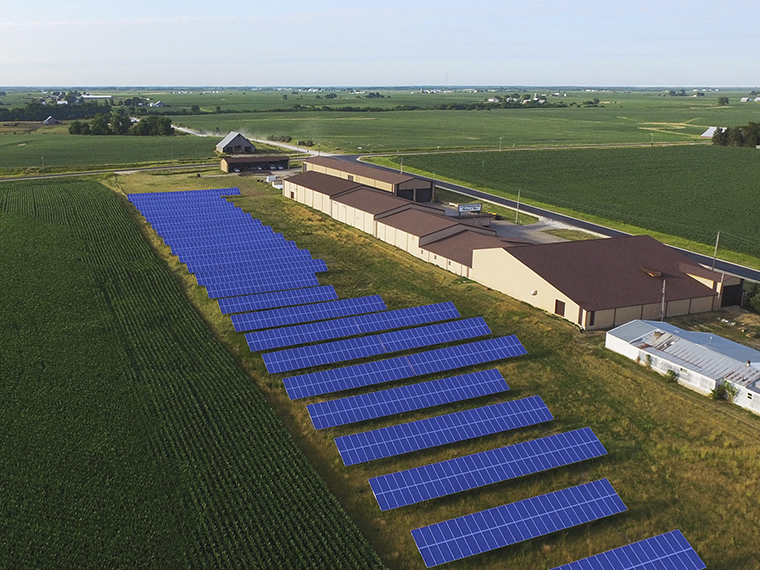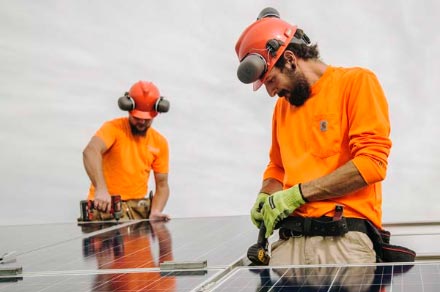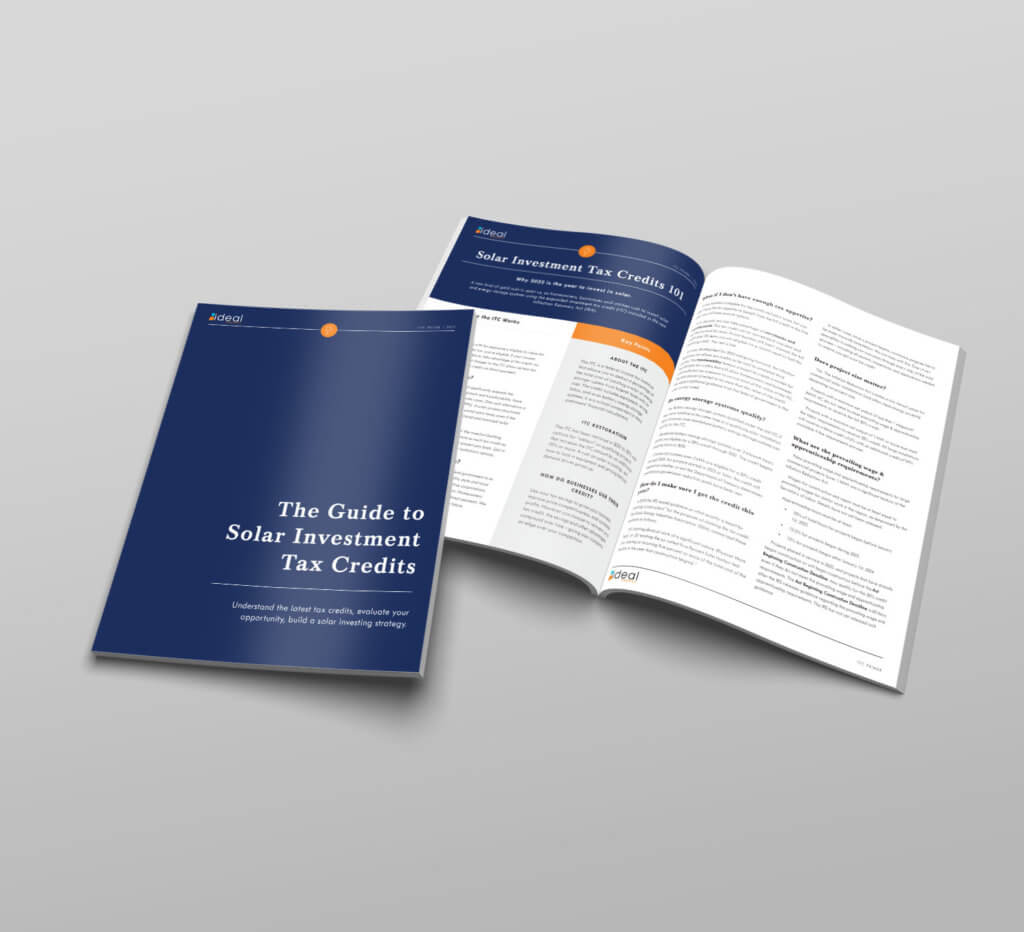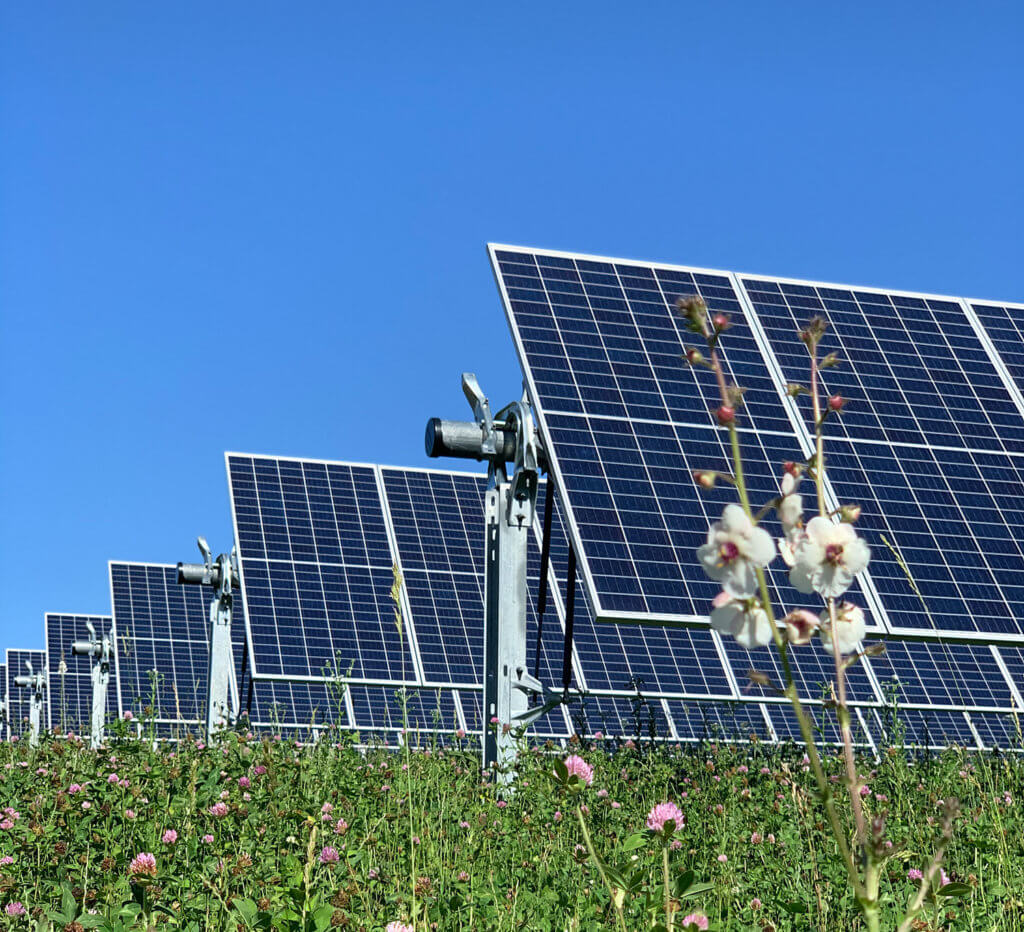Many manufacturers and other suppliers are subject to sustainability evaluations by their customers. Large companies like retailers, tech companies, and OEMs spearheaded these efforts along with environmental NGOs. For example, in 2009 Walmart created a 15 question Sustainability Index and asked nearly 100,000 suppliers to respond. Walmart uses the Sustainability Index to reward high-scoring suppliers.
These sustainability scorecards are spreading throughout industry, including to smaller firms, aided by a growing suite of independent NGO evaluation and certification programs that take the heavy lifting off the buyer. If these evaluations are not yet widespread in your industry, they likely will be soon.
A number of our manufacturing customers are evaluated for their sustainability efforts. Earning top marks on these scorecards is one of the motives behind our customers’ decisions to move forward with renewable energy programs. Sustainability scores usually include some form of carbon reduction or renewable energy component, so solar energy is among the best sustainability interventions a company can make to earn a higher score.
These scorecards can be vitally important in a competitive bidding process or during annual evaluations. Solar energy and other sustainability efforts add points to a supplier’s score, which increases the likelihood of winning – and keeping – valuable contracts. Sustainability scores can be a large component of overall evaluations, along with traditional key performance indicators like price, performance, and quality. In Dell’s supplier evaluation, for example, sustainability performance is weighted at 10 to 15% of the overall score.





